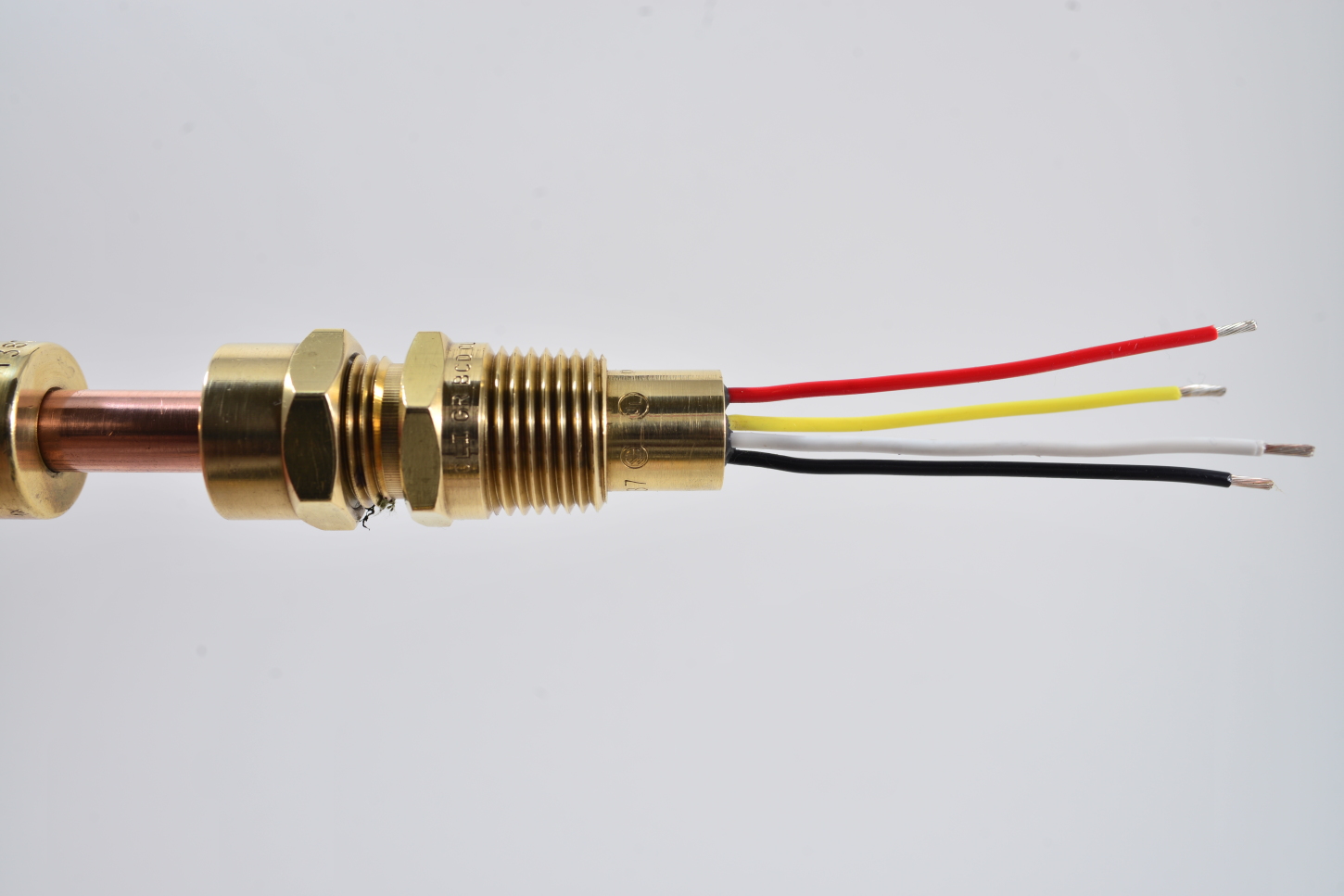NewtonLaw
Senior Member
- Location
- Honesdale, PA USA
I'd say no since it's not a listed raceway.
I found an electrical panel that has a copper tube apparently being used as an electrical conduit. Is this legal?
MI doesn't have insulated conductors, as far as I have ever seen.
The name says mineral insulated. I would presume there is insulation it just isn't thermoplastic insulation.I have never seen MI in the wild but if the conductors are uninsulated how do they prevent shorting to the metal conduit?
maybe it is actually brass. they do make brass conduit and fittings.
maybe it is actually brass. they do make brass conduit and fittings.

I never have worked with the stuff, but after a quick look, seems to be MI cable to me. I see an identification tag around one of the conductors.
Appears to be a typical MI termination from what I see here, a epoxy terminated end, with plastic insulated wire termination.
Probably a need for the MI cable at the other end of the termination, would be my guess.
Also noticed the bonding conductor, in the enclosure running through a steel conduit without bonding to it.
http://www.micable.com/products
MTW
Wouldn't make a difference... plumbers don't read.Just going from the photo, now I'm thinking that this stuff looks so much like copper tubing, how do we know a plumber won't try cutting into it sometime?
I'm wondering if the manufacturer puts any markings on the copper jacket? It seems like they should be required to do that, just to make sure it isn't mistaken for copper tubing.
Just like an electrician shouldn't splice into a circuit if he doesn't at least know if it is the correct voltage for what he is going to splice into it, or verify it is off before working on it, shouldn't a plumber know what kind of media is in the line he is going to cut into and whether it is under pressure or not?Just going from the photo, now I'm thinking that this stuff looks so much like copper tubing, how do we know a plumber won't try cutting into it sometime?
I'm wondering if the manufacturer puts any markings on the copper jacket? It seems like they should be required to do that, just to make sure it isn't mistaken for copper tubing.
They don't use MI cable in residential. Unlikely a plumber would chop it in a hospital or some place like that where it is used.Just going from the photo, now I'm thinking that this stuff looks so much like copper tubing, how do we know a plumber won't try cutting into it sometime?
I'm wondering if the manufacturer puts any markings on the copper jacket? It seems like they should be required to do that, just to make sure it isn't mistaken for copper tubing.

